
Hello everyone and we'll talk again about @#awesome#.
There are a lot of amazing things in THE world that we just don't notice,or don't want to notice._
More specifically, we talk #ABOUT the MOST DANGEROUS DISHES# @world
Sometimes the most desired dish is not only wildly tasty, but also wildly dangerous. Absorbing a small piece, you risk not only your health, but also your @life.
- Puffer fish
One drop of poison contained in the puffer fish that can cause full body paralysis, and then death. However, in Japan, this fish is considered a delicacy. The art of cooking this dish takes a while to learn: poisonous parts of the fish (eggs, liver) are removed so that the poison penetrated the delicate flesh. The slightest mistake a chef can cost the life of a client in Japan every year recorded more than 10 cases of poisoning from puffer fish.
Why do the Japanese do that? Say for the sake of the heavenly taste of the dish. After trying an expensive delicacy, some ascend to heaven from bliss, others — from the terrible rapid poison. In ancient times, the fate of the chef was also unenviable: following the code of honor, he had to go after the poisoned guest.
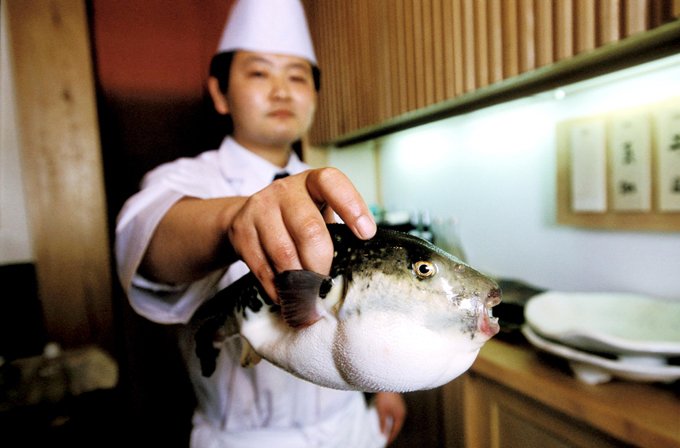
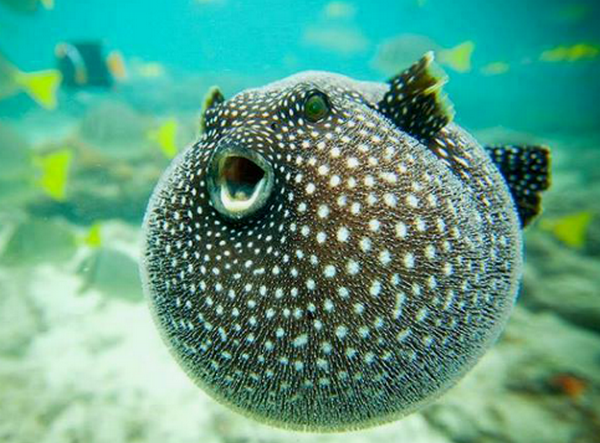
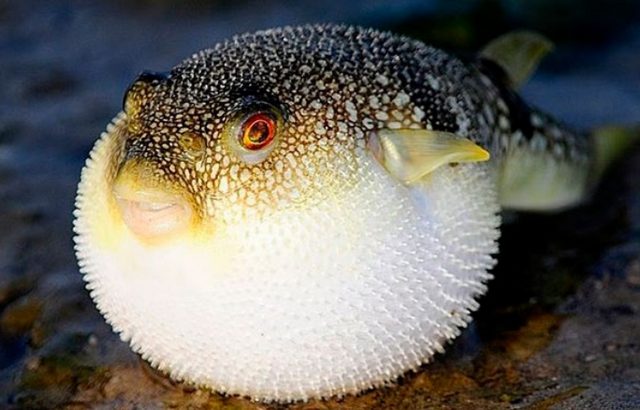
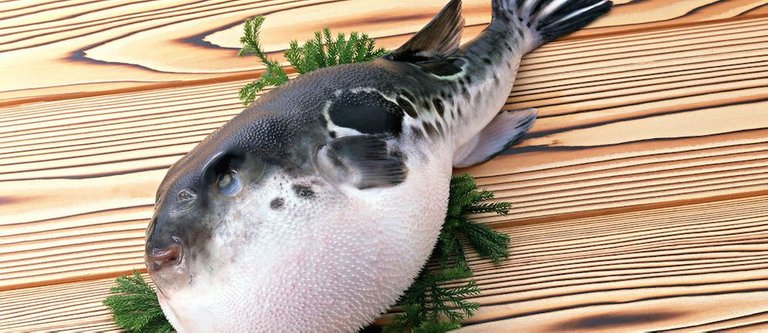
In our days, of course, these barbaric practices are not followed, and because the cook-poisoner can pursue a career. The only thing that soothes: the death of the failed-tasting fugu is considered the Country of the rising sun honor. This is a samurai roulette.
- "San NAK J"
"San NAK JI" or simply a dish of live octopus is a popular delicacy in Korea and Japan. No special culinary delights: octopus is served to the table still alive, and the whole point is to, sending in his mouth still twisting tentacles, chew and swallow them without choking. Every year in South Korea killed about 6 lovers of exotic-choking tentacles.

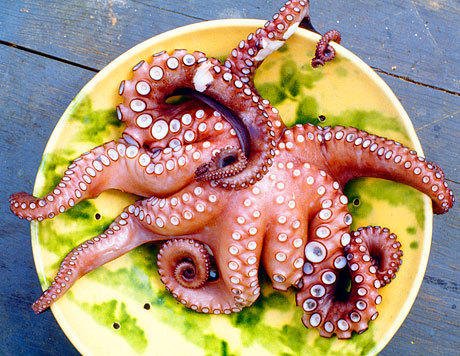
.jpg)

- Giant bull frog
The giant bull frog is Namibia's main delicacy. Local residents eat all parts of the amphibian, except the internal organs. The rest of the world only cook frog legs, as the skin and intestines of adult frogs contain a poison capable of in a few days to disable the liver of a healthy person.
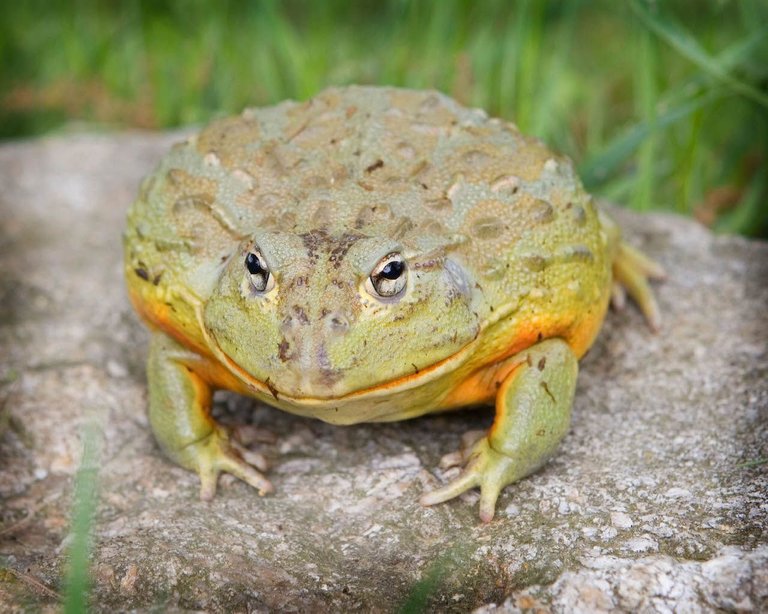
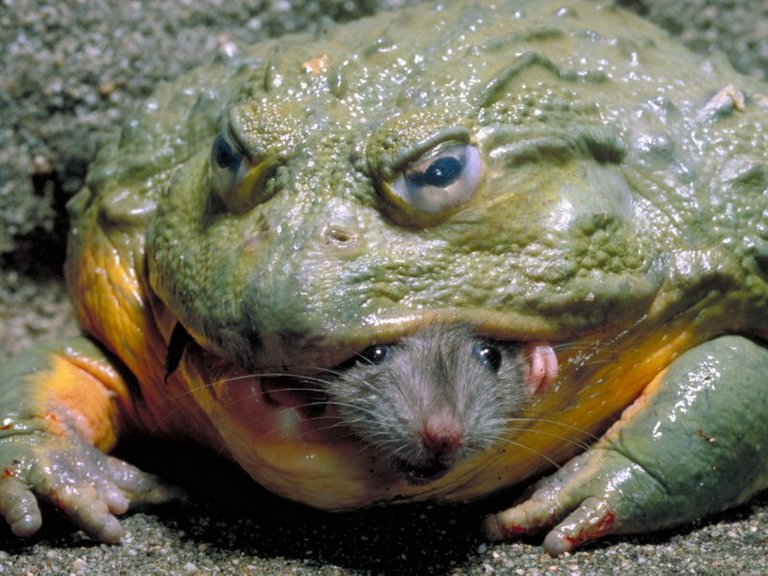
- Cassava
Cassava is a plant used in many countries to prepare traditional dishes and flour. However, if it is not washed before use or cooked incorrectly, it can become deadly: the roots and leaves of the plant contain cyanide, deadly @poison.
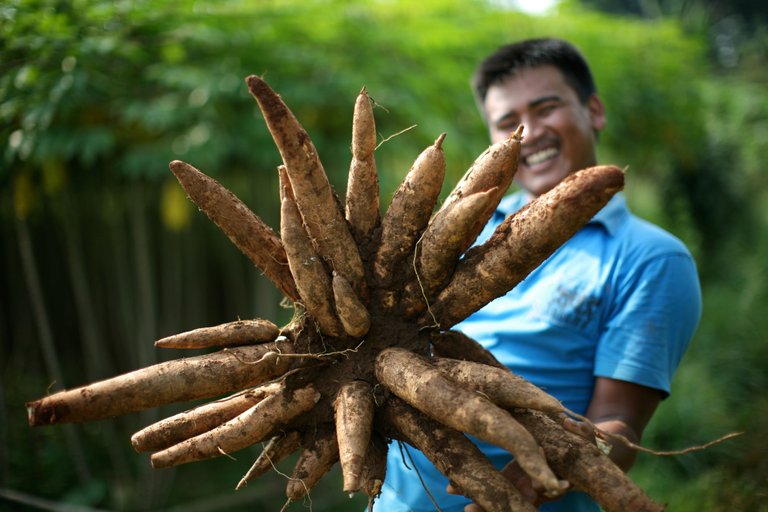
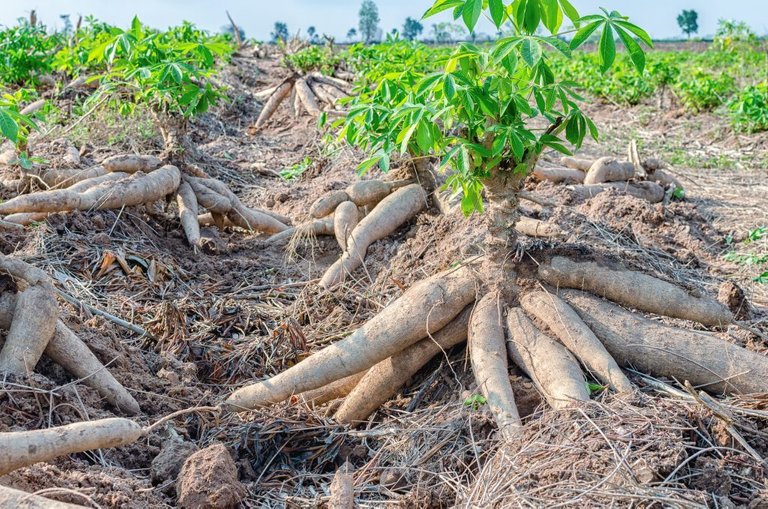

- Fruit Aki (Acke)
Fruit Aki — native to West Africa and is widely used in the traditional cuisine of Jamaica. Externally, the fruit is very similar to an ordinary pear, only red. You need to collect it at a certain time, after the fruit "open" and inside the fruit you can see its seeds. Aki is extremely poisonous: all parts of the fetus contain poison in immature and overslept form, and in adulthood you can only eat pulp around the seeds.
Why run the risk? For the sake of adrenaline, wishing to tickle your nerves. The most "competent" combination: Aki, boiled with dried fish and vegetables.

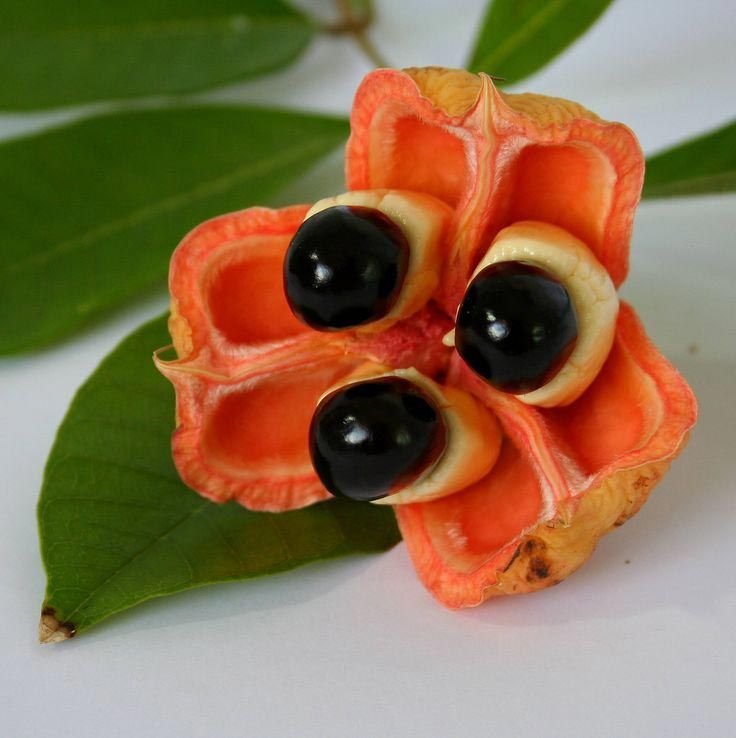
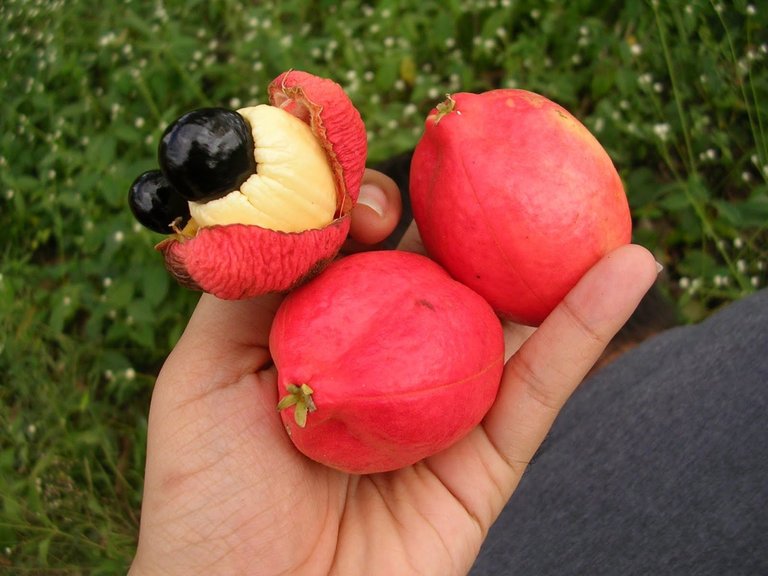

- Giant poisonous jellyfish
Giant venomous jellyfish found off the coast of Japan. Its main food is tuna, which causes well-known interruptions in its supply to the market. To avoid problems with the extraction of tuna, a giant poisonous jellyfish made a delicacy. The principle of the preparation is similar to cutting rubyforge: carefully removing the poisonous parts, you can avoid poisoning.
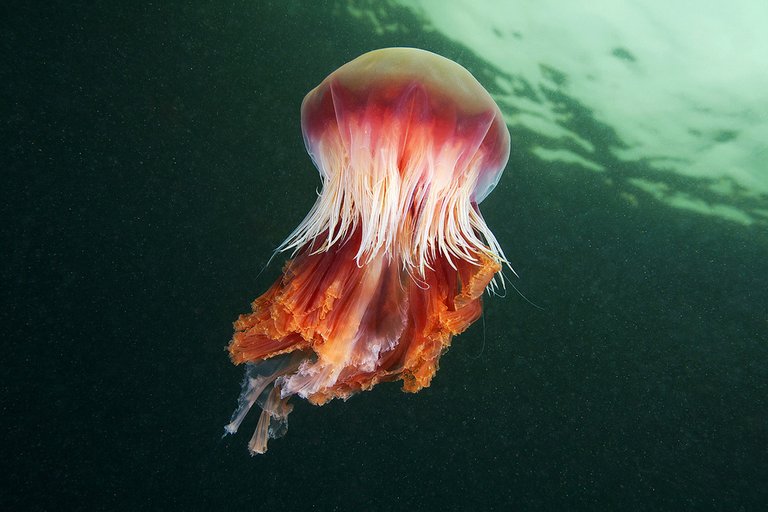
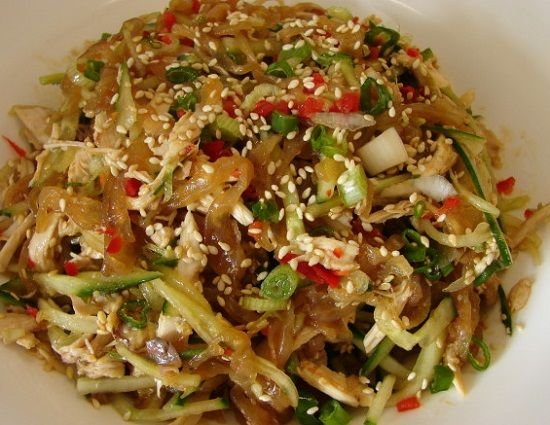

- Tarantula
In Cambodia, a rare delicacy is considered a large spider "a-ping" - a kind of poisonous tarantula. It is the speciality of the town of Skuon near PNO
---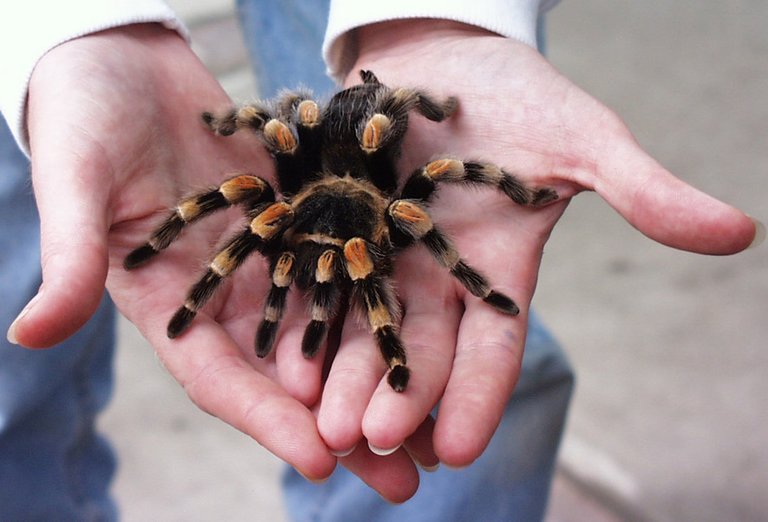
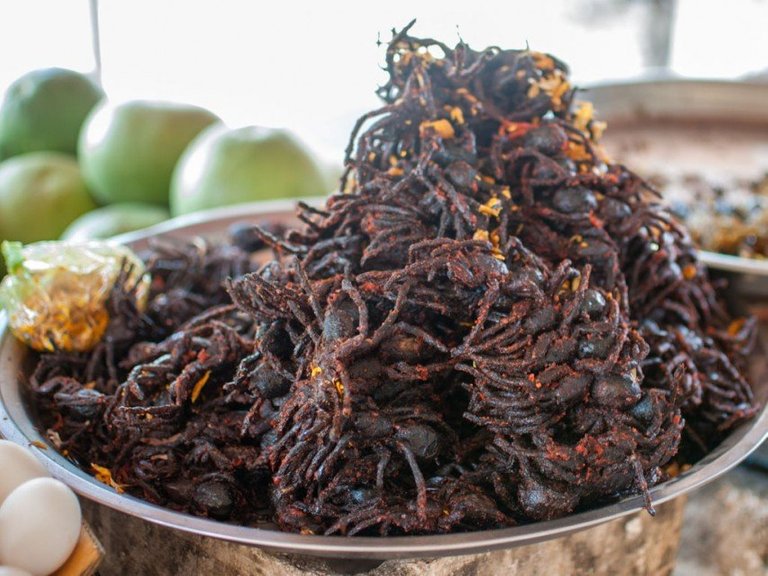
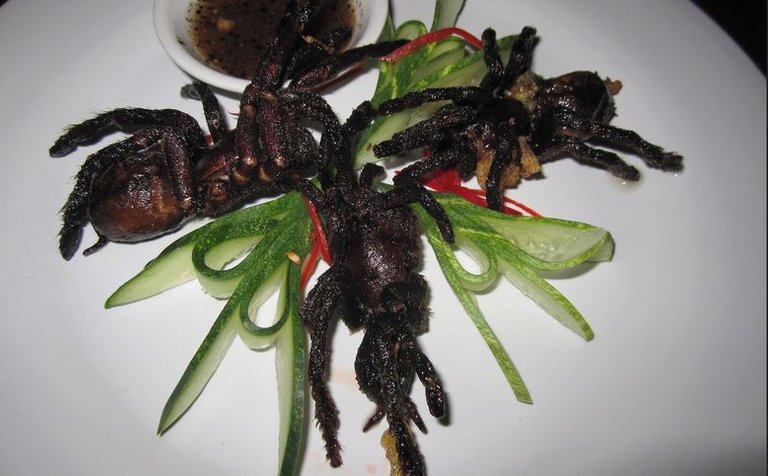
Thank you all,See the following blogy about everything amazing in the world,with respect @Spyke.